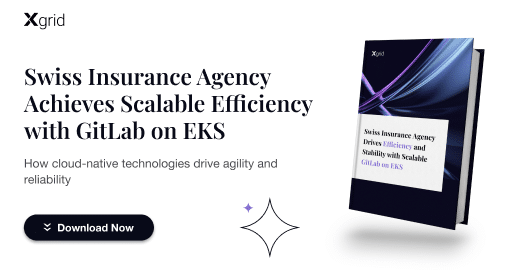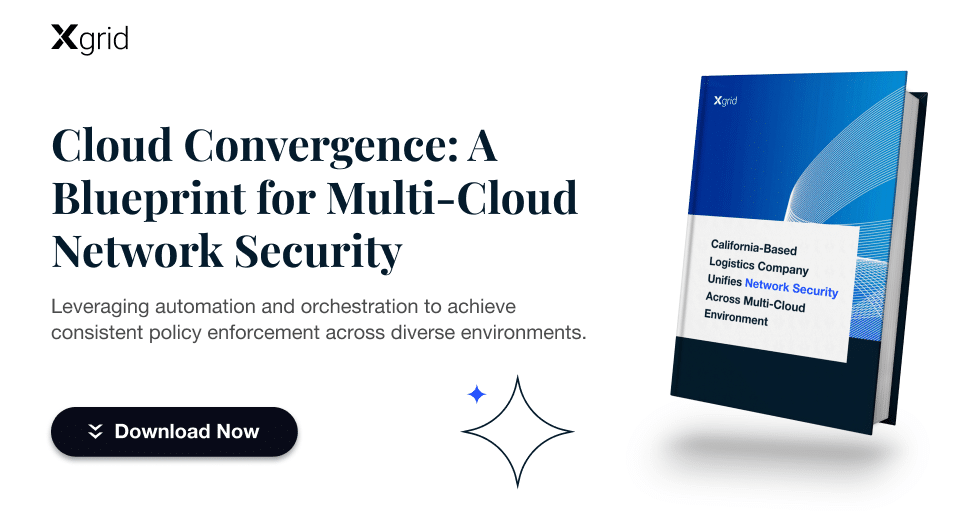Introduction
A US-based biotech company, dedicated to developing life-transforming medicines for serious diseases, faced a significant challenge in managing vulnerability data across its IT infrastructure. Scattered across multiple sources and lacking centralized visibility, vulnerability data posed a considerable risk to the organization’s security posture and the integrity of its sensitive research data. To address this challenge, the company embarked on a comprehensive initiative to securely ingest, aggregate, and manage vulnerability data, ensuring confidentiality and enabling informed risk-based decisions.
Problem
The company’s existing vulnerability management approach presented several challenges:
- Data Silos: Vulnerability data resided in disparate systems, including firewalls, servers, and applications, hindering centralized visibility and analysis.
- Inconsistent Access Control: Data access restrictions were not uniformly enforced, increasing the risk of unauthorized access and potential breaches.
- Confidentiality Concerns: The lack of encryption for data in transit and at rest raised concerns about the protection of sensitive information.
- Limited Leadership Visibility: Company executives lacked a comprehensive view of the organization’s overall risk posture, hindering strategic decision-making.
Solution
To address these challenges, the company implemented the following key solutions:
- Secure Data Ingestion:
-
-
- Deployed scaled-out data pipelines utilizing mutual TLS authentication to ensure secure data transfer from multiple sources.
- Integrated vulnerability data from firewalls, servers, applications, and other security tools into a centralized repository.
-
- Data Access Controls:
-
-
- Implemented a robust IAM (Identity and Access Management) system to govern access to vulnerability data based on roles and responsibilities.
- Restricted sensitive data access to authorized personnel only, minimizing the risk of unauthorized exposure.
-
- Data Confidentiality:
-
-
- Encrypted vulnerability data both in transit and at rest using appropriate encryption algorithms.
- Protected sensitive information from unauthorized access, even if the data were to be compromised.
-
- Key Management:
-
- Established a secure key management architecture to safeguard encryption keys and other sensitive secrets.
- Mitigated the risk of key compromise and unauthorized decryption of data.
Results
The implementation of these solutions yielded significant benefits for the company, including:
- Centralized Visibility: Achieved a unified view of vulnerability data across the entire IT infrastructure, enabling proactive risk management.
- Enhanced Security: Strengthened data confidentiality and access controls, reducing the likelihood of breaches and data compromises.
- Improved Compliance: Demonstrated adherence to industry security standards and regulations, protecting sensitive research data.
- Leadership Insights: Provided executives with a comprehensive understanding of the company’s risk posture, facilitating informed decision-making.
- Proactive Patching: Prioritized vulnerabilities based on risk levels and facilitated timely patching, reducing the attack surface.
- Potential for Improved Efficiency: Streamlined vulnerability management processes, potentially freeing up resources for other security initiatives.
Conclusion
The US biotech company’s success in harmonizing vulnerability data demonstrates the value of a comprehensive and secure data management approach. By addressing the challenges of data silos, access control, confidentiality, and leadership visibility, the company has significantly enhanced its security posture and empowered its leadership to make informed decisions about risk mitigation. This case study serves as a valuable example for organizations seeking to strengthen their vulnerability management practices and safeguard sensitive data in complex IT environments.




